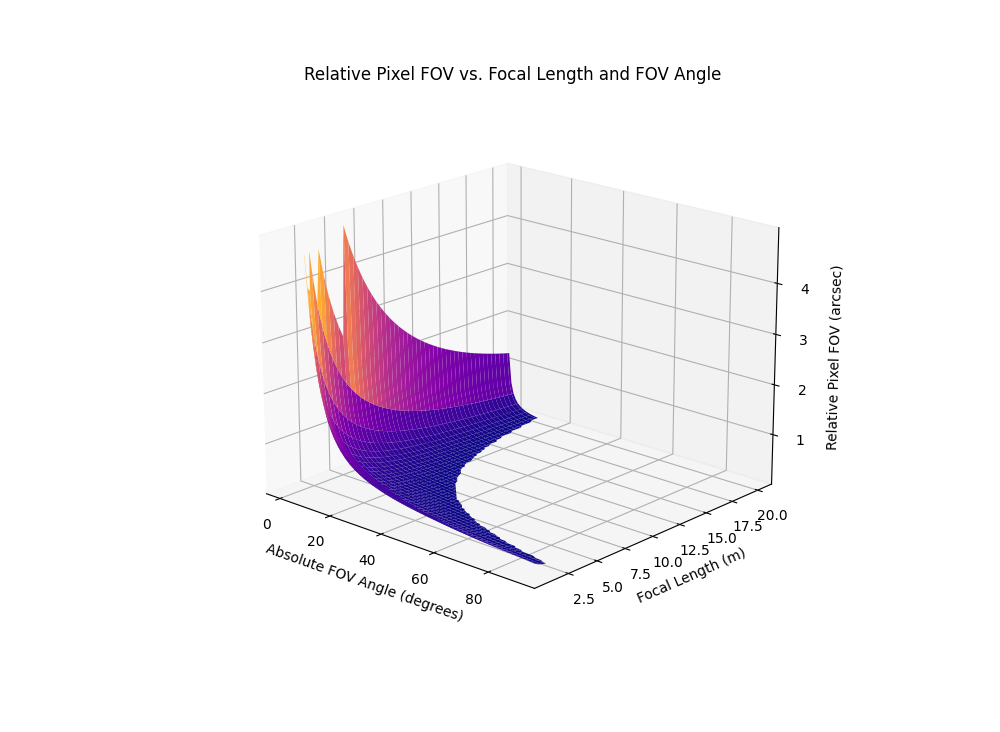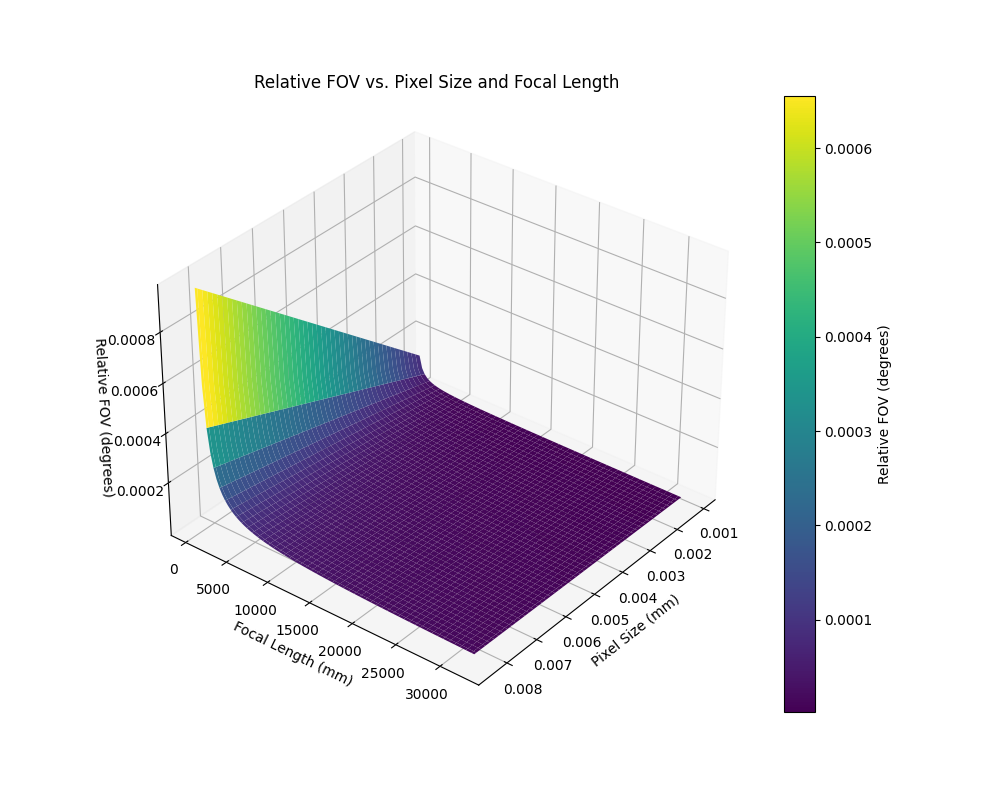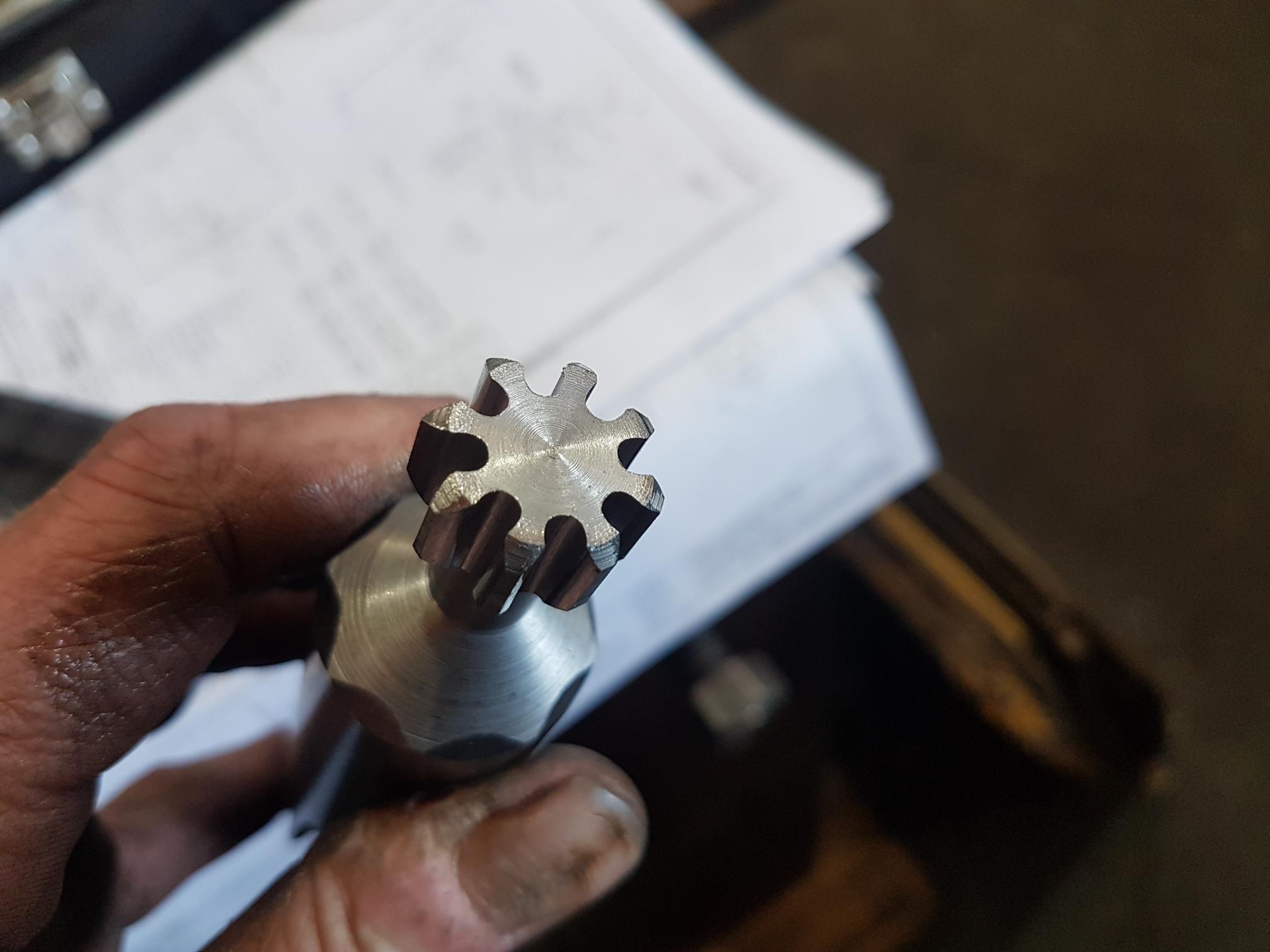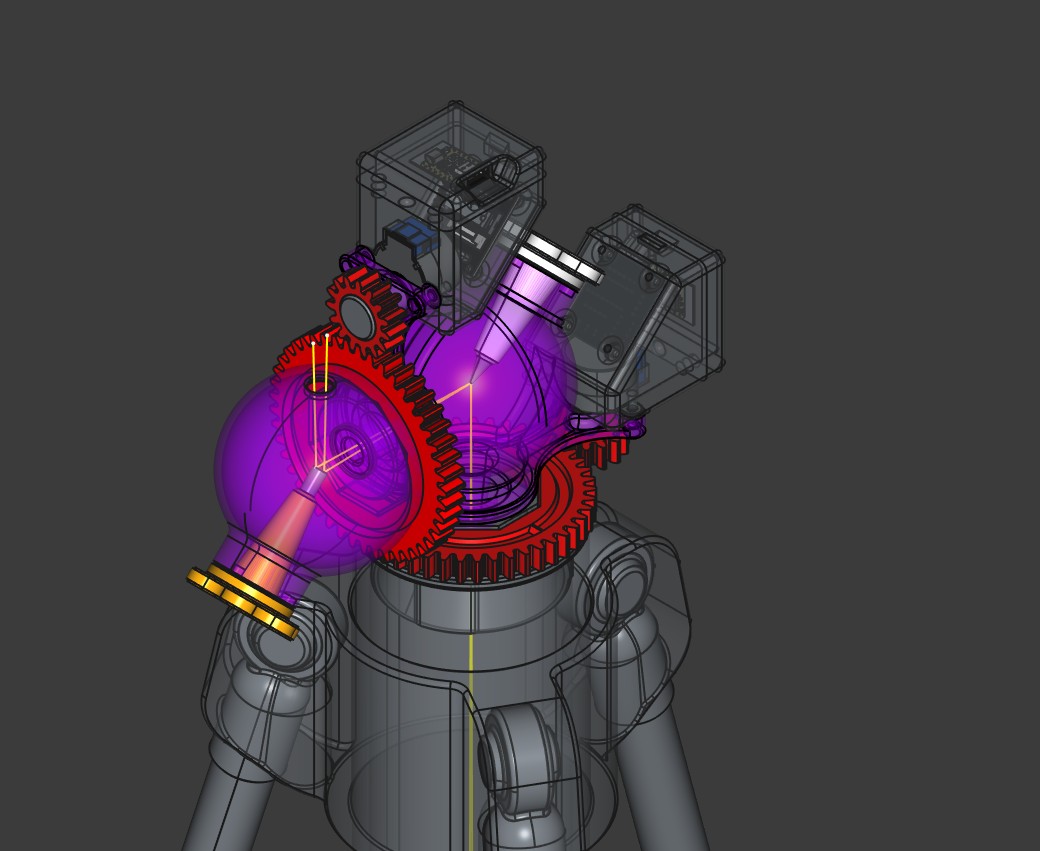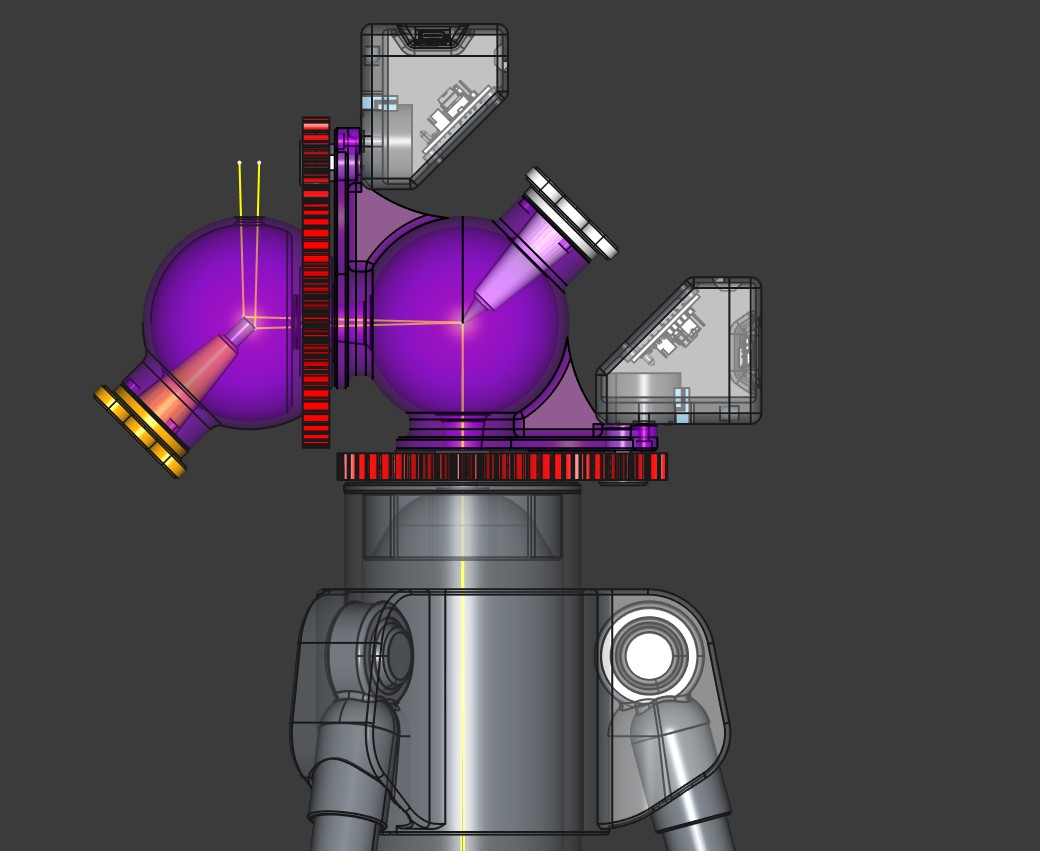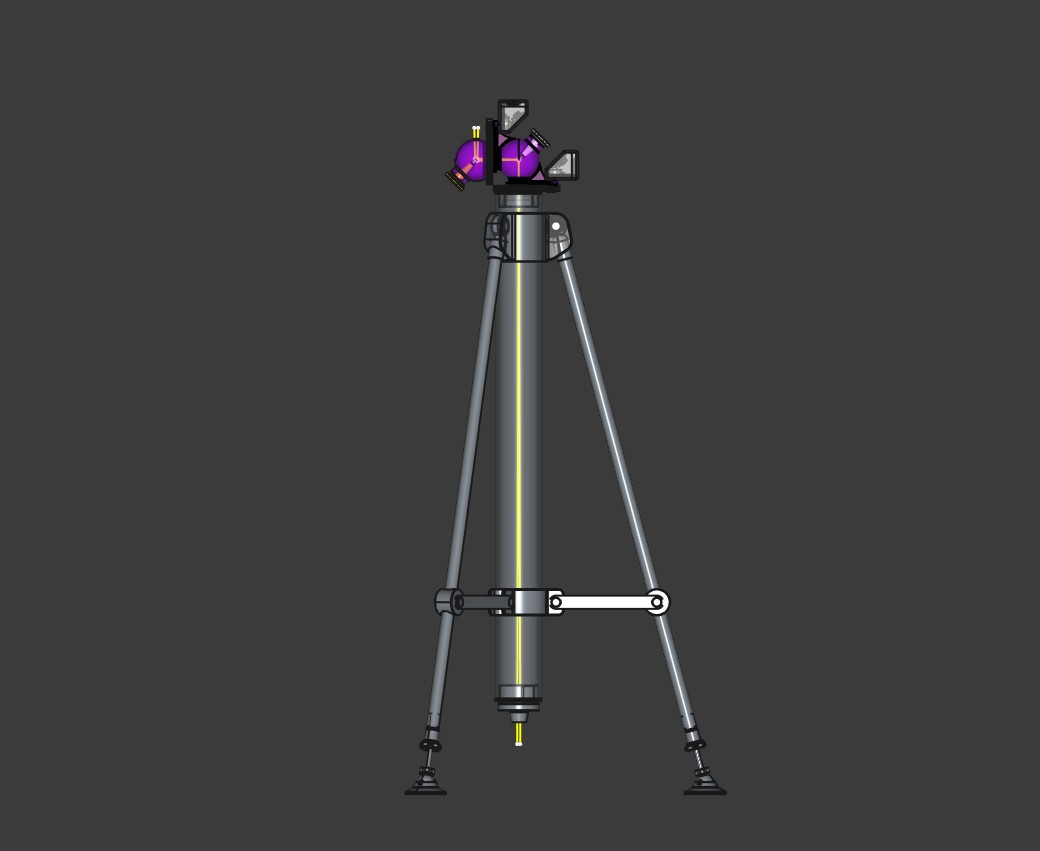I have never liked diffraction spikes, they indicate artifacts across the entire field of view, both seen and unseen.
This was my attempt to solve the issue:
Design 201910056 | IP Australia | Australian Design Search
I designed this for my grandson, who has since died from meningitis along with any interest on my part to finish it. I had registered the design without considering the possibility that it was patentable. Which it was, until I registered it and had it certified. However, the design does have a flaw in it, but I have redesigned it so that it is patentable again. But my interest is still not present.
I have attempted to finish it, but also found it had a negative impact on my overall mental health.
Not being able to switch off my imagination led to the subject of this post.
I have a proof of concept image, which I posted in the EAA group. The image quality is irrelevant and is an effective filter of people who understand what they are seeing and those who don't. Did I mention it is out of focus, which revealed a mistake in a calculation I made to build the device. From failure comes success, etc.
With the success of the first light image, I have the protype designed with R.A. & DEC, polar alignment and tracking. The only sticking point now is getting time on the machines at work I need to use to make the parts. The design does not use the bucket method and is not bound by Dawes limit. Also, it is full aperture, unobstructed and does not use any refractive elements. The incident light has a clear path from the primary element to the sensor.
Unless you are willing to pay for a patent, I cannot give any more details.
But I will be posting the images on this site only and look forward to some clarity.
I am not sure how a critique can be given at this point, but that's Heisenberg for you.
This was my attempt to solve the issue:
Design 201910056 | IP Australia | Australian Design Search
I designed this for my grandson, who has since died from meningitis along with any interest on my part to finish it. I had registered the design without considering the possibility that it was patentable. Which it was, until I registered it and had it certified. However, the design does have a flaw in it, but I have redesigned it so that it is patentable again. But my interest is still not present.
I have attempted to finish it, but also found it had a negative impact on my overall mental health.
Not being able to switch off my imagination led to the subject of this post.
I have a proof of concept image, which I posted in the EAA group. The image quality is irrelevant and is an effective filter of people who understand what they are seeing and those who don't. Did I mention it is out of focus, which revealed a mistake in a calculation I made to build the device. From failure comes success, etc.
With the success of the first light image, I have the protype designed with R.A. & DEC, polar alignment and tracking. The only sticking point now is getting time on the machines at work I need to use to make the parts. The design does not use the bucket method and is not bound by Dawes limit. Also, it is full aperture, unobstructed and does not use any refractive elements. The incident light has a clear path from the primary element to the sensor.
Unless you are willing to pay for a patent, I cannot give any more details.
But I will be posting the images on this site only and look forward to some clarity.
I am not sure how a critique can be given at this point, but that's Heisenberg for you.
